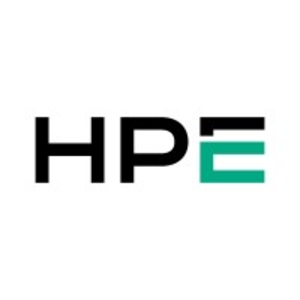Service and Support
HPE Alletra dHCI offers a range of customer service experiences. Response times vary, sometimes taking days, but proactive efforts like Infosight AI enhance support efficiency. Nimble support is praised for its phone assistance, although onsite experiences vary. While some find support complex, others highlight quick responses and proactive engagement. Users appreciate multilingual documentation, yet there are challenges with French support. Spare parts may require waiting, but Pointnext team expertise and training are noted positively.
Deployment
Many users find HPE Alletra dHCI's initial setup straightforward and user-friendly. Some describe the process as easy, requiring minimal technical knowledge. Others mention challenges, such as needing HPE assistance for complex configurations like MLAG or facing firmware compatibility issues. Deployment times vary widely, ranging from minutes to several days, influenced by factors like existing infrastructure and migration needs. Despite some difficulties, many users appreciate its ease compared to alternatives like Dell Data Domain or NetApp.
Scalability
HPE Alletra dHCI is praised for being highly scalable, enabling seamless growth by adding nodes or storage without much complexity. Users report its ability to handle various client sizes, from small to enterprise-level. The flexibility to scale computing and storage separately is beneficial, serving diverse needs efficiently. While some find other systems easier, the majority appreciate its excellent scalability, offering high scores. It serves thousands of users smoothly, accommodating growth effortlessly.
Stability
HPE Alletra dHCI is highly stable with near-perfect uptime. Users report incredible reliability with no significant issues, rating its stability between nine and ten. Many find it runs smoothly, with only occasional minor errors such as corrupt disks, having undergone improvements in operating systems and firmware. Most concerns arise from related network inefficiencies rather than issues with HPE Alletra dHCI itself. Its performance consistently meets high standards of availability and data integrity.




